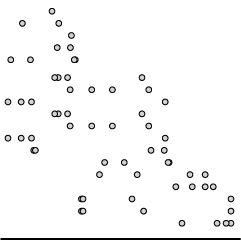Movies are a curious business. There a variety of forces that encourage people to pay for a movie ticket with an ever-increasing cost, one of those being the aggregate ratings on Rotten Tomatoes, but it’s not uncommon for well-reviewed movies to profit small and poorly reviewed movies to profit big. Krisztina Szucs takes a look at this relationship between Rotten Tomatoes score and profit.
Read More
-
-
-
-
-
In collaboration with Lift and Near Future Laboratory, Interactive Things explores digital traces left by mobile phones in Ville Vivante. Lines and paths flow from place to place in Geneva, Switzerland, showing how the people move in and out of the city during a 24-hour period.
It’s hard to say exactly what you’re seeing here because it does move so fast, and it probably means more if you live in or near Geneva, but speaking to the video itself, you have your highs and lows during the start and end of days. It then cycles through a handful of views, namely one that looks like wind blowing through and another where particles shoot up from the ground.
There are also interactive views on the project site.
Reminds me of David Wicks’ Drawing Water, which shows the flow of sources in the country.
-
The difference:
In this animated short, the relationship between trend and variation are explained with an excellent analogy to a man walking his dog. There is much more variation in the path that the dog takes as compared with the man, but they are both headed the same way. Similarly, weather can be highly variable and climate means long term trends.
I heard that a kitten dies every time a news anchor debunks global warming with an unexpected day of snow.
[Spark]
-
-
-
-
-
-
-
Nicolas Garcia Belmonte, author of the JavaScript InfoVis Toolkit, mapped 72 hours of weather data from 1,200 stations across the country.
Gathering the data from the National Weather Service was pretty interesting, I didn’t know USA had so many weather stations! The visualization shows wind direction encoded in line angles, wind speed encoded in line lengths and disk radius, and temperature encoded in hue.
Press play, and watch it glow. You can also easily switch between symbols: discs with lines, lines only, or filled circles.
-
How to Hand Edit R Plots in Inkscape
You can control graph elements with code as you output things from R, but sometimes it is easier to do it manually. Inkscape, an Open Source alternative to Adobe Illustrator, might be what you are looking for.
-
-
Maps have been around for a long time, but you might not know it looking online. It can be hard to find them. Old Maps Online, a project by The Great Britain Historical GIS Project and Klokan Technologies GmbH, Switzerland, is a catalog of just that.
You can browse and search old maps via the map interface by panning and zooming, along with a search bar and a slider for time. Search results then update in the right sidebar, which provides thumbnails and links to the full-size maps.
If only an overlay like Historypin could be incorporated. That’d be something.
[Old Maps Online via @jatorre]
-
-
-
“Target doesn’t just know when you’re buying sheets. They know what you’re doing in between them.”
[Comedy Central via @alexlundry]
-

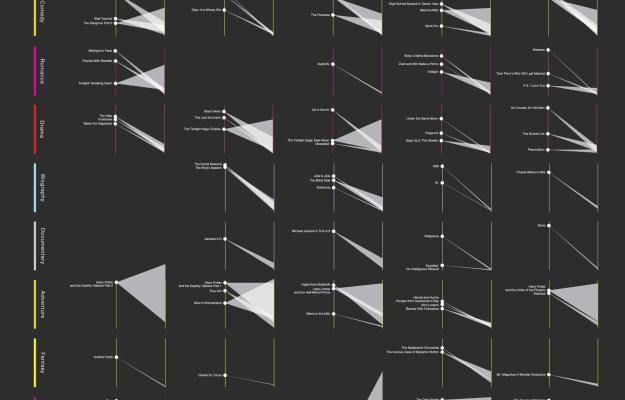
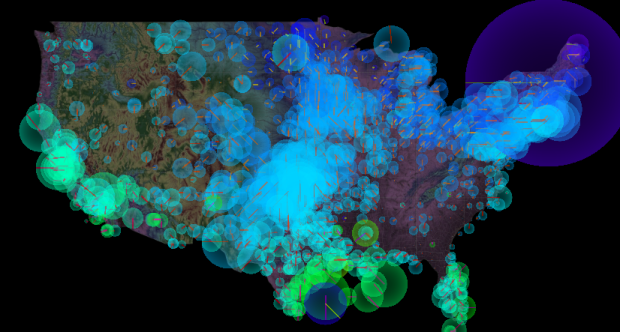
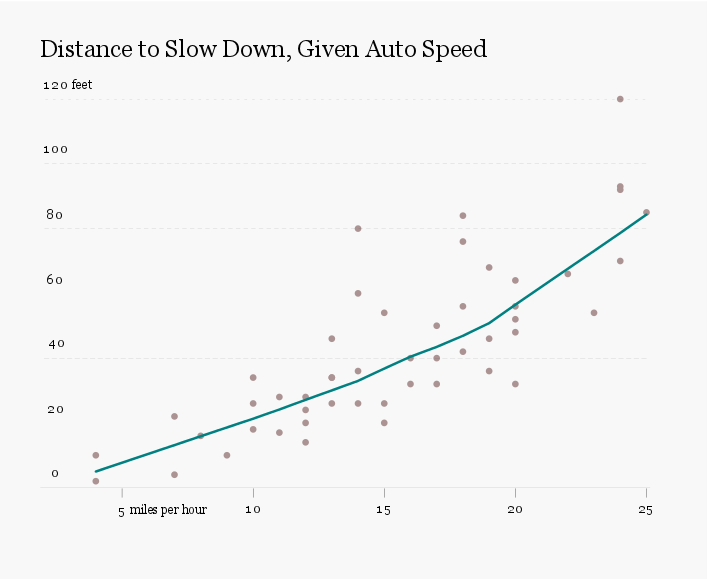
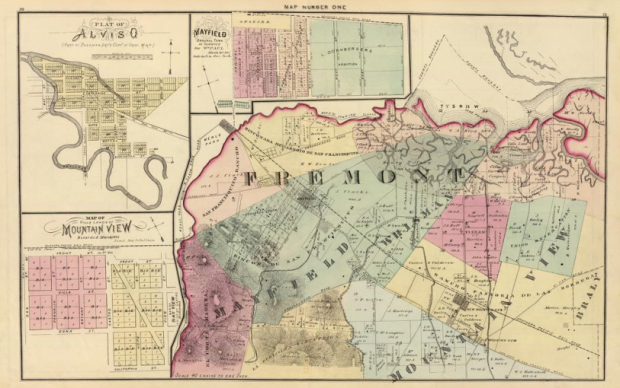
 Visualize This: The FlowingData Guide to Design, Visualization, and Statistics (2nd Edition)
Visualize This: The FlowingData Guide to Design, Visualization, and Statistics (2nd Edition)






